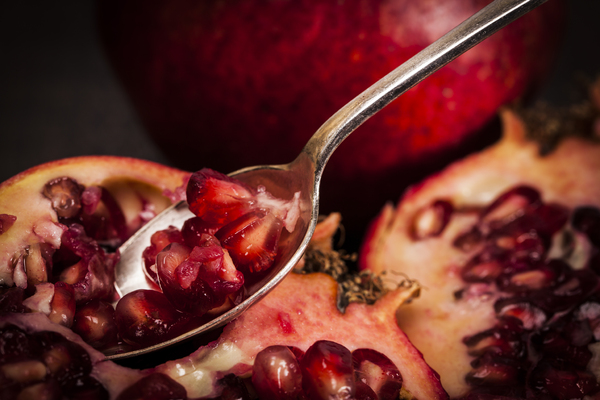
 It’s sort of a multitude inside a prokaryotic cell, whereas a eukaryotic cell is extremely structured. But at the top of the day, eukaryotes and prokaryotes have more in widespread with each other than they do with a rock. If plants and animals are so comparable on a cellular level, why do they seem so different when you are taking a couple steps back? Well, it is because plants and animals have different objectives – each of their eukaryotic cells is custom-made to make them great at being the factor they’re. As an example, it is a plant’s job to take carbon dioxide out of the air – which we animals simply depart lying round every time we exhale or get in our automotive – and add a little bit sunlight and water as a way to make actually every little thing they need to outlive. Animals, then again, require oxygen (made by plants) to breathe, however we won’t make our personal meals like plants do, so we’ve bought to go rustle up our own grub.
It’s sort of a multitude inside a prokaryotic cell, whereas a eukaryotic cell is extremely structured. But at the top of the day, eukaryotes and prokaryotes have more in widespread with each other than they do with a rock. If plants and animals are so comparable on a cellular level, why do they seem so different when you are taking a couple steps back? Well, it is because plants and animals have different objectives – each of their eukaryotic cells is custom-made to make them great at being the factor they’re. As an example, it is a plant’s job to take carbon dioxide out of the air – which we animals simply depart lying round every time we exhale or get in our automotive – and add a little bit sunlight and water as a way to make actually every little thing they need to outlive. Animals, then again, require oxygen (made by plants) to breathe, however we won’t make our personal meals like plants do, so we’ve bought to go rustle up our own grub.
This requires motion, which made it essential for animals to evolve all sorts of loopy specialized cell varieties, tissues and organs that a plant cannot make because they merely do not need them. Survival is predicated on getting basic wants met, and the outsourced necessities of an animal far surpass these of plants. Though their cells are constructed similarly, plants and animals have different cellular settings. A really obvious distinction is in the outer shell of the cell. In addition to a cell membrane, plants have cell walls made out of powerful compounds known as cellulose and lignin, which makes them rigid and robust – useful for preserving bushes from collapsing into gelatinous piles of plant tissue. Animal cells, on the other hand, are contained inside the skinny cell membrane, a versatile container so much like a like a semi-permeable sandwich bag – it gives nothing in the best way of structure, but it might regulate what comes in and out of the cell, and it might keep all of the organelles contained within it.
But one organelle animals do not have is the chloroplast, which permits plants to photosynthesize, or make sunlight into glucose compounds. So, any inexperienced you see on a plant – the leaf, the stem, within the peel of an unripe banana – all comes from the chloroplasts of their cells. Turning gentle into food – strive that, animals! Some animal cells include vacuoles, but in a plant cell they’re actually giant and have an vital job: retaining the plant from wilting. Vacuoles are mainly intercellular water balloons that keeps the cell plumped up from the inside by creating turgor pressure, pushing the cell membrane against the cell wall and serving to the plant keep its form. If you have ever seen a pitiful carrot at the underside of your crisper drawer, all floppy and unappetizing, it’s the loss of turgor stress in its vacuoles that finally landed it in the compost bin. And that is about all that separates you from a plant! Remember that at your subsequent household reunion.
What are some variations between animal and plant cells? A plant cell consists of 1 massive vacuole that maintains the form of the cell and stores nutrients. Animal cells, on the other hand, have a number of smaller vacuoles. Both plant and animal cells have a cell membrane, however solely the previous has a cell wall. The absence of a wall makes it possible for animals to develop various kinds of cells and tissues. Plant cells even have a chloroplast. What are some primary differences between animals and plants? Plants and animals are each eukaryotic organisms. However, animals aren’t as dependent on mild for development as plants. Additionally, plants stay rooted in the ground whereas the vast majority of animals are mobile. What are some of the features frequent to animal and plant cells? Both animal and plant cells have a cell membrane, a nucleus, mitochondria, and cytoplasm. What are the components that make up animal cells? Animal cells are made up of thirteen parts together with: the cell membrane, nucleus, nucleolus, nuclear membrane, cytoplasm, endoplasmic reticulum, golgi apparatus, ribosomes, mitochondria, centrioles, cytoskeleton, vacuoles and vesicles.
“